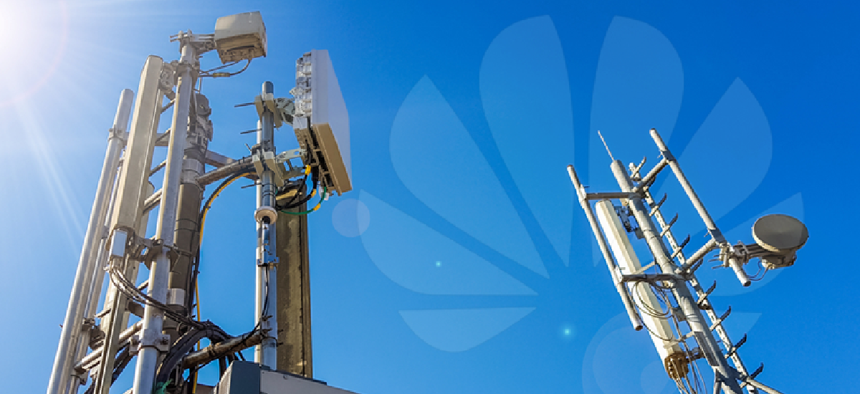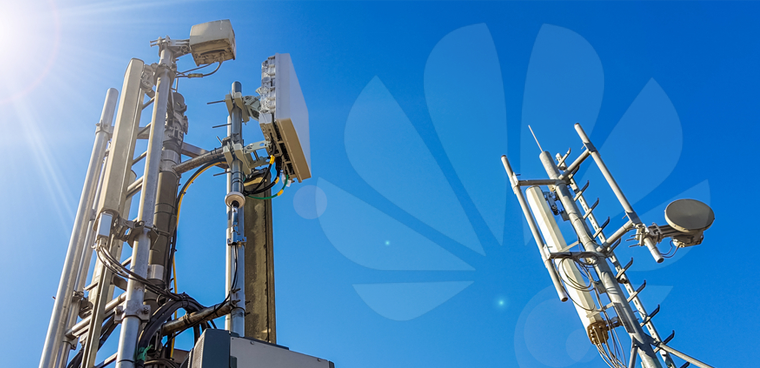5G: Promise and perils for government agencies

To allow federal agencies to realize 5G's full potential the government must address concerns about 5G and cyber risks.

Fifth generation (5G) wireless technology has the potential to transform how the U.S. government achieves its many critical missions. With superior bandwidth, agencies will be able to connect more mission-supporting devices than ever. 5G also promises to increase functionality of these devices through reduced latency and speeds that are up to 100 times faster than the current fourth generation Long Term Evolution (LTE) technology. This can translate into improved performance, security, safety and efficiency for federal missions.
Congress and the White House both recognize how important it is that the U.S. fully harness the power of 5G in meeting government missions. The need for effective and efficient COVID-19 response and recovery has only highlighted this.
The U.S. military -- the most logistically complex organization in the world – is likely to emerge as a leading 5G adopter and innovator. In the fiscal 2020 defense spending bill, Congress prioritized 5G research and development by providing $275 million to the Department of Defense for next generation information communications technology, including 5G. The DOD is currently demonstrating the benefits of 5G in government in a few interesting projects, including at the U.S. Naval Supply Systems Command Fleet Logistics Center San Diego, the concept of a "smart warehouse" is being tested. This project will leverage 5G to manage inventory and process orders with optimal efficiency and accuracy. As the DOD contemplates the wide range of possible use cases for 5G technology, its spending will align to these desired uses.
To allow the DOD and other federal agencies to realize 5G's full potential, however, the government must address concerns about 5G and cyber risks. One of the widely discussed risks associated with 5G is the problem of potentially compromised hardware being incorporated into our national telecommunications infrastructure. Congress and the White House have both taken steps to address this issue -- calling for the incorporation of a microelectronic trusted supply chain and operational security standards into 5G equipment.
The government has also prohibited telecommunications providers that receive federal funding from utilizing Huawei and ZTE equipment, two telecommunications equipment manufacturers the U.S. government believes have ties to the Chinese Communist Party and therefore could potentially be compelled to install unauthorized remote access capabilities (so-called "backdoors") into their products. The concern that such backdoors could be exploited by the Chinese government for espionage, sabotage or even acts of war is shared by many U.S. policymakers and experts, on a bipartisan basis.
While much of the security discussion surrounding 5G has thus far focused on certain Chinese equipment manufacturers, there is another major security concern that must be addressed: the security risk posed by the addition of millions of additional devices, including Internet of Things (IoT) devices, accessing government network resources.
In the past, such devices have connected to network resources utilizing U.S. government-managed wired or wireless access points on government-controlled campuses. The 5G vision instead entails millions of devices accessing network resources remotely via cellular connections, likely provided through a blend of government and carrier-owned networks. Whose job is it to determine which of these devices are legitimate and do not pose a threat to either the carrier or the agency IT infrastructure they access? Who is responsible for monitoring devices while connected to ensure they don't change their state – in other words, present themselves as legitimate, secure devices, but once admitted to the network proceed to engage in hacking or espionage activities? And ultimately, how should this diverse landscape of devices and connectivity be prioritized and segmented according to roles and criticality, so that the most sensitive and mission-critical functions are identified and protected? In a 5G future, government network security teams risk losing visibility and control of devices accessing their federal networks through carriers' 5G towers.
Fortunately, most agencies have laid down an important foundation enabling them to overcome some of the challenges of securing their networks as 5G adoption increases. Two government-wide cybersecurity programs -- the civilian agency-focused Continuous Diagnostics and Mitigation (CDM) program and the DOD's Comply to Connect (C2C) program -- are examples of dynamic frameworks and integrated capabilities designed to ensure all devices are detected and classified as they connect to the network, and are inspected continuously for cybersecurity risks, including patch and configuration status, banned hardware and software, behavioral anomalies and a host of other attributes.
Agencies that have mature instantiations of either the CDM or C2C programs will have the same level of insight into devices connecting via carrier-owned 5G networks as they do for those connecting within a campus, cloud or data center network, and will be able to enforce the same security and network access policies. Not insignificantly, the remote working trend that has become necessary during the COVID-19 pandemic has provided federal agencies some lessons in applying their CDM and C2C tools to devices that are connecting through Internet Service Provider networks in employees' homes – in some rare cases on devices that are not owned or managed by the federal government. While telework architectures are still in need of improvement, a productive outcome of the COVID-19 crisis is that it has afforded federal agencies, in particular the DOD, an opportunity to apply "zero trust" strategies even as the concept of the network "perimeter" has been completely shattered.
We are still in the early days of 5G and the full benefits for federal agencies have yet to be realized. The operationalization of 5G will mean many millions more devices connecting to government systems. These devices support services vastly improving citizens' security and safety and allowing government services to be delivered more effectively. However, allowing all of these devices to connect to government systems without a robust capability for finding, profiling and monitoring them would jeopardize not only agencies' existing networks, but the very missions 5G equipment is deployed to support.
Agencies' existing network and cybersecurity investments will help navigate the 5G future, but discussions about how to adapt these investments, and reorient them where necessary, must happen now. Knowing what devices are connecting to your networks, what their cyber posture is and how they behave will remain the first and most critical component of effective cyber risk mitigation. The C2C and CDM programs are good examples of how this visibility-first approach enables more effective security and ensured agencies' mission-readiness. Securing 5G-enabled networks through this foundation reduces national security risk and enhances government agencies' ability to continue serving missions.
NEXT STORY: Army to probe the economics of modernization


